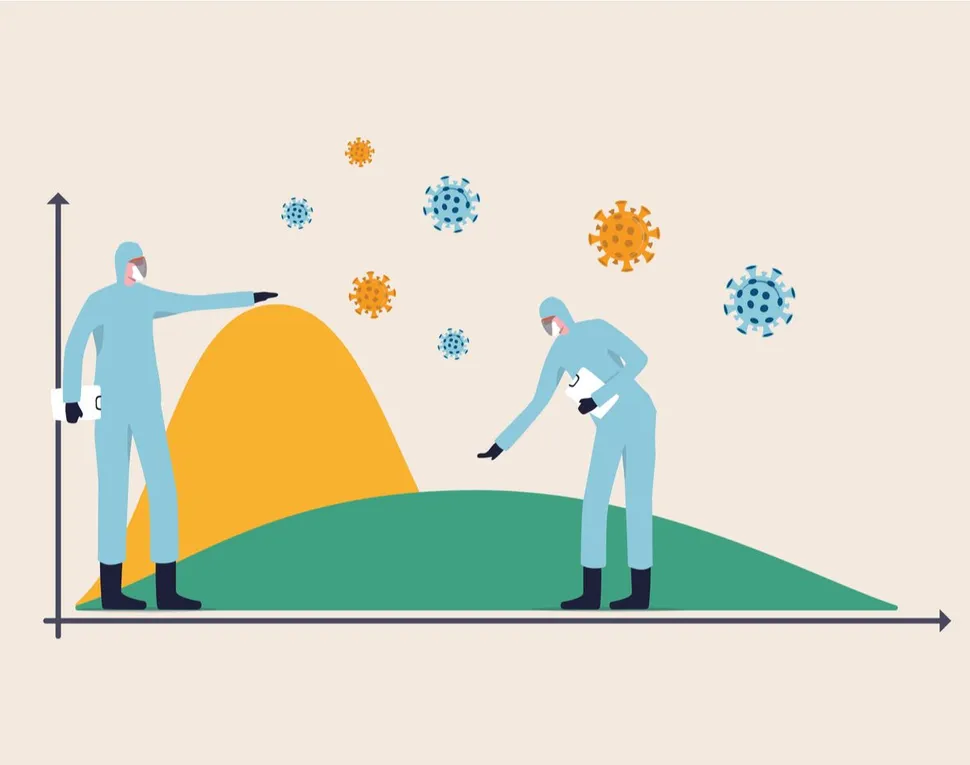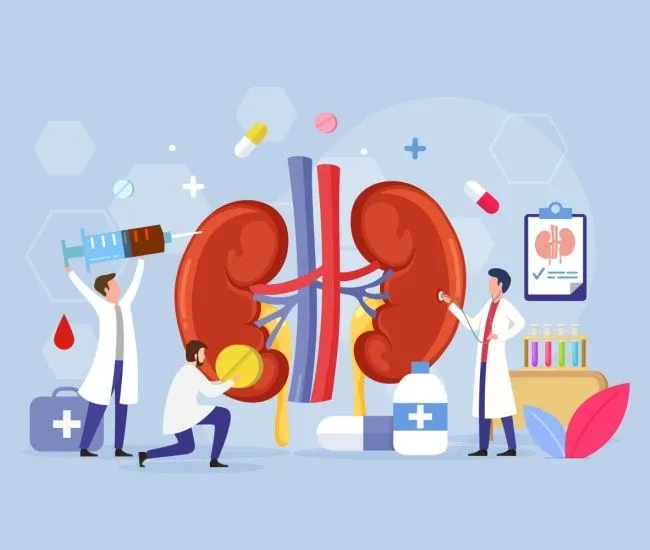Who is Really at Risk for Severe COVID-19 Outcomes? Common Risk Factors Mean it Could be You.

It's clear that stay at home orders have lowered the cases of severe outcomes for COVID-19 and helped hospitals manage cases, but we may have simply delayed the spread. We are balancing our economy with a serious threat to our health. The health of both is critical.
Governors are now starting to lift stay-at-home orders but there has been little to no information shared at the federal or state levels about exactly WHO is at risk for developing severe COVID-19 symptoms so people can self-identify their risk and make educated choices about how to protect themselves. We hear that it is the elderly or the sick. I haven't been hospitalized lately, don't feel sick or think I'm at risk. But do I stay home or go out? Should I limit interaction with those around me?
The question is basic but essential. Am I at greater risk?
Data from New York is instructive here. The JAMA Network, part of the American Medical Association reported a study of critcially important results on April 22, 2020. In a study of 5700 COVID-19 positive patients admitted to 12 different New York City hospitals between March 1 and April 4, 2020, the most common co-morbidities were:
| Co-morbidity | # of patients | % of patients |
| Hypertension (high blood pressure) | 3026 | 56.6% |
| Obesity | 1737 | 41.7% |
| Diabetes | 1808 | 33.8% |
| Severe kidney issues requiring therapy | 81 |
During hospitalization:
- 373 patients were treated in the ICU
- 81 were treated with kidney replacement therapy
- 553 died
- Of the 1151 that required ventilation, 38 were discharged alive, 282 died and 831 remained in the hospital for a prolonged period
- 45 were re-admitted
This data from New York also confirms the findings:
| PRE-EXISTING CONDITION | DEATH RATE (confirmed cases) | DEATH RATE (all cases) |
| Cardiovascular disease | 13.2% | 10.5% |
| Diabetes | 9.2% | 7.3% |
| Chronic respiratory disease | 8.0% | 6.3% |
| Hypertension | 8.4% | 6.0% |
| Cancer | 7.6% | 5.6% |
| No pre-existing conditions | 0.9% |
It is obvious that myeloma patients are at greater risk because myeloma and associated treatment can suppress the immune system (although early studies on cancer patients are just beginning to share data and this data are limited to date). Myeloma patients also have greater kidney issues due to the overabundance of calcium that can damage kidneys.
However, having high blood pressure, obesity or diabetes are far more common conditions in the US population.
Awareness of these risk factors is absolutely key as we begin to decide if we make critical decisions about going out or staying home. As always, knowledge is power and offers greater protection to those most vulnerable.
It's clear that stay at home orders have lowered the cases of severe outcomes for COVID-19 and helped hospitals manage cases, but we may have simply delayed the spread. We are balancing our economy with a serious threat to our health. The health of both is critical.
Governors are now starting to lift stay-at-home orders but there has been little to no information shared at the federal or state levels about exactly WHO is at risk for developing severe COVID-19 symptoms so people can self-identify their risk and make educated choices about how to protect themselves. We hear that it is the elderly or the sick. I haven't been hospitalized lately, don't feel sick or think I'm at risk. But do I stay home or go out? Should I limit interaction with those around me?
The question is basic but essential. Am I at greater risk?
Data from New York is instructive here. The JAMA Network, part of the American Medical Association reported a study of critcially important results on April 22, 2020. In a study of 5700 COVID-19 positive patients admitted to 12 different New York City hospitals between March 1 and April 4, 2020, the most common co-morbidities were:
| Co-morbidity | # of patients | % of patients |
| Hypertension (high blood pressure) | 3026 | 56.6% |
| Obesity | 1737 | 41.7% |
| Diabetes | 1808 | 33.8% |
| Severe kidney issues requiring therapy | 81 |
During hospitalization:
- 373 patients were treated in the ICU
- 81 were treated with kidney replacement therapy
- 553 died
- Of the 1151 that required ventilation, 38 were discharged alive, 282 died and 831 remained in the hospital for a prolonged period
- 45 were re-admitted
This data from New York also confirms the findings:
| PRE-EXISTING CONDITION | DEATH RATE (confirmed cases) | DEATH RATE (all cases) |
| Cardiovascular disease | 13.2% | 10.5% |
| Diabetes | 9.2% | 7.3% |
| Chronic respiratory disease | 8.0% | 6.3% |
| Hypertension | 8.4% | 6.0% |
| Cancer | 7.6% | 5.6% |
| No pre-existing conditions | 0.9% |
It is obvious that myeloma patients are at greater risk because myeloma and associated treatment can suppress the immune system (although early studies on cancer patients are just beginning to share data and this data are limited to date). Myeloma patients also have greater kidney issues due to the overabundance of calcium that can damage kidneys.
However, having high blood pressure, obesity or diabetes are far more common conditions in the US population.
Awareness of these risk factors is absolutely key as we begin to decide if we make critical decisions about going out or staying home. As always, knowledge is power and offers greater protection to those most vulnerable.
about the author
Jennifer Ahlstrom
Myeloma survivor, patient advocate, wife, mom of 6. Believer that patients can contribute to cures by joining HealthTree Cure Hub and joining clinical research. Founder and CEO of HealthTree Foundation.
More on Navigating Your Health
Trending Articles




Get the Latest Multiple Myeloma Updates, Delivered to You.
By subscribing to the HealthTree newsletter, you'll receive the latest research, treatment updates, and expert insights to help you navigate your health.
Together we care.
Together we cure.
3x Faster.










